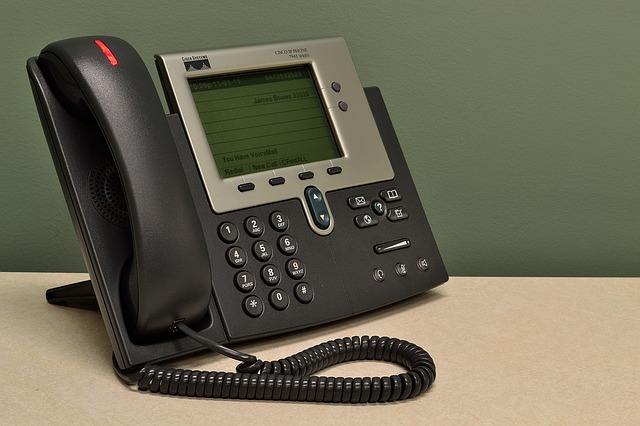The start of a new year always ushers in a flurry of predictions about how workplace tech will shape up in the 12-month stretch ahead. However, the abrupt eruption of the COVID-19 pandemic last year rather tore up the rulebook on which the previous set of these predictions was based.
So, can we really say much with any confidence about how corporate IT practices should evolve in 2021? The reassuring if still somewhat cautious answer would be a tentative “yes” – at least when it comes to how various companies will use their phone systems.
Analogue increasingly gives way to digital
Of course, this has already been happening for a while now, with the days of the traditional landline phone system – at least in the office – looking more and more like a fading memory.
This trend has been exacerbated by the internet’s ready accessibility as well as increasing advances in smartphone technology, leaving many of us with various ways to communicate. We can expect more firms to soon capitalize on this by investing in functions including SMS texting, emailing and video calling.
More companies switch from cloud-based to on-premise services
Traditionally, companies have tended to install hardware and software essentials on the premises of the business itself. Today, though, a wide range of corporate services – including telephony services – can be hosted in and sourced from the cloud, where data can be more easily accessed.
With the pandemic having accelerated the enterprise’s long-term shift to the cloud, one Forbes article confidently predicts: “For the first time in history, cloud services will overtake on-premise services in 2021.”
An even bigger high five for 5G
The recent arrivals of high-profile, 5G-ready smartphones like the iPhone 12 series are hardly the only indicators that a 5G revolution is taking root. The business world is fast-paced and so needs a cellular communications standard capable of keeping up with it. That standard, right now, is 5G.
With 5G expected to facilitate faster communication speeds and response rates, it could help you to address customers’ concerns in a timelier fashion, says FinancesOnline.
Unified communications built for mobile usage
The days when mobile phones were largely associated just with calling and texting are long gone; today, these pocket-sized devices are more like miniature laptops that can be used much like their standard-sized counterparts. Social media usage, conferencing and holding team meetings are all possible on mobiles.
All of these functions can be built into a unified communications solution ready to use through a smartphone – with the “unified” part of the term deriving from the multifaceted nature of the technology.
The rising prominence of number portability
Given how difficult and time-consuming it can be for a business to build a customer base, you naturally wouldn’t want your own business to inadvertently undo potentially years of hard work simply by changing a phone number many loyal, repeat customers might have under your firm’s name in their contacts lists. Fortunately, SIP trunking would let you upgrade your phone system while keeping your existing number.









